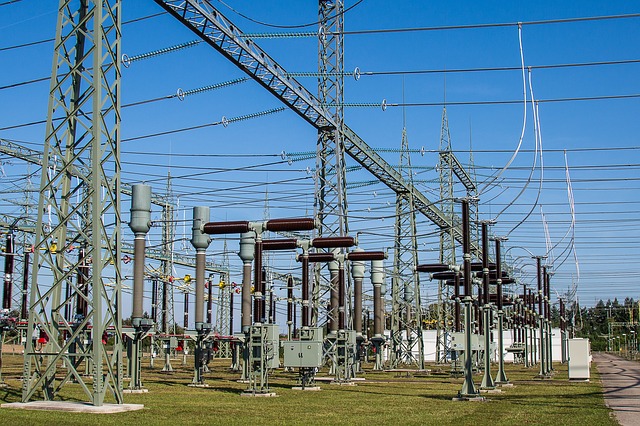An electrical substation is a critical component of the power grid that plays a crucial role in the generation, transmission, and distribution of electricity. It is responsible for transforming the voltage of electric power from high to low or vice versa, ensuring that it reaches homes and businesses at the right voltage and frequency.

The Importance of Electrical Substations
Without electrical substations, electricity cannot be effectively transferred from the power generator to the end-user. Substations play a vital role in the power grid's operation, as they ensure that electricity is available to end-users in a reliable, safe, and cost-effective manner. As the demand for electricity grows, the need for more substations to be built increases. This is an essential task to ensure that power can be supplied to even the most remote locations.
Transformers in Electrical Substations
Transformers are the most essential components in electrical substations. They play a significant role in ensuring that electricity is distributed efficiently and safely to consumers. The transformer usually steps down the voltage to a safer level that is appropriate for households and offices.
The input voltage from the power plant is stepped up several times for efficient transfer across long distances using high voltage transmission lines. However, this voltage is too high for domestic and commercial use, making it necessary to reduce the voltage to a safe level by a transformer. This voltage reduction minimizes the risk of accidents and damage from electrical lines while optimizing electrical use.
Types of Electrical Substations
Electrical substations are generally classified based on their location and function. There are four main types of electrical substations: switchyard substation, distribution substation, customer substation, and smart grid substation.
Switchyard substation: This substation is located close to a power plant and acts as a step-up transformer from the generator's electricity to high voltage transmission lines.
Distribution substation: This substation is responsible for receiving high-voltage electricity from the power plant and transforming it down to more manageable voltages for local distribution to customers.
Customer substation: This substation is located near the home or business that needs electricity and is responsible for transforming the voltage further down to provide electrical energy that is safe for use.
Smart grid substation: This is the most recent type of substation, which is designed for monitoring and controlling the power grid remotely. It uses advanced technology like wireless communication, power electronics, and computing systems to ensure safer and more efficient electricity distribution.
Importance of Maintenance in Electrical Substations
Electrical substations require regular maintenance to keep them functioning optimally. Regular maintenance helps to identify potential issues before they become major problems that can be costly to repair. It also helps the operators to understand the current condition of critical components and helps them to avoid sudden equipment failures that may result in equipment damage or even physical harm.
Conclusion
Electrical substations are a critical component of the power grid that plays a critical role in the generation, transmission, and distribution of electricity. Without substation, efficient transfer of electricity to consumers is impossible. With the advent of new technologies, substations are becoming increasingly reliable, efficient, and safe, ensuring that people can access safe and affordable electricity wherever they are. Regular maintenance of electrical substations ensures the efficient and safe transfer of electricity, making it a crucial component of the larger electrical network.